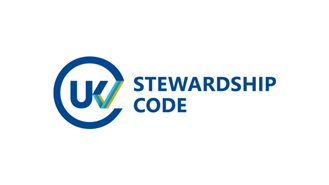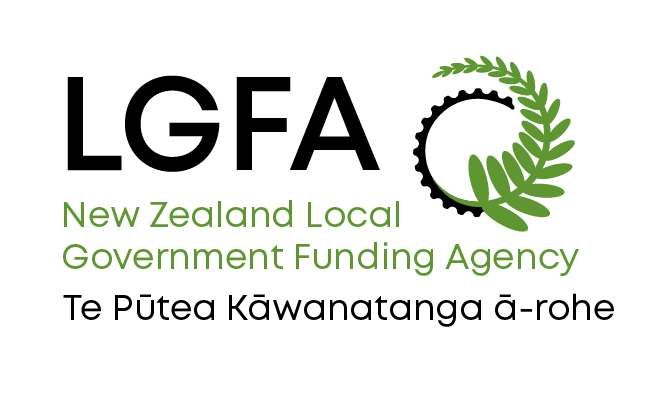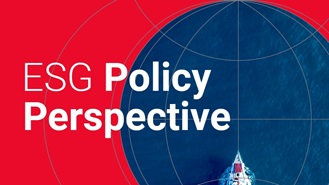Controversies in Biodiversity and Community Relations: A Holistic View of Their Interconnection
Our analysis reveals that for companies, biodiversity and community relations are highly interconnected. To effectively address biodiversity-related risk companies should also consider social factors and engage with Indigenous Peoples and local communities.
Implications of CSRD: What the Final Standards Mean for Investors and Issuers
With the introduction of the European Sustainability Report Standards, which set the criteria to implement the Corporate Sustainability Reporting Directive, investors in the region can better evaluate companies’ sustainability performance. Discover the elements of the standards and what they mean for the sustainable finance market.
The Raw Materials Crunch: Industry Risks Due to Physical Scarcity, Supply Concentration and Intense Demand
As demand for critical raw materials increases, due in part to the low-carbon transition, industries reliant on those materials face growing risks. In this article, discover what’s driving those risks.
ESG Stewardship: A Powerful Tool to Mitigate Greenwashing Risks
Amid fears of greenwashing claims and evolving reporting standards, sustainable investment assets have dropped as much as 51 percent. In this rapidly changing environment, ESG stewardship is one of the most effective ways to integrate genuine sustainability principles into investment management.
Regulating 'Forever' Chemicals: Examining Company Readiness and Investor Risk
Chemical companies face growing pressure to phase out some of the most hazardous substances from their product portfolios. Learn how well companies manage related risks and what upcoming regulations could mean for them and their investors.
Webinar Replay | Product Governance Risk: Navigating One of the Most Common ESG Issues
Join Morningstar Sustainalytics for a panel discussion about ESG risk exposure, what this means and how to manage. In this webinar, we will focus on how Sustainalytics identifies drivers of product governance risk.
Mandatory Scope 3 Emissions Reporting in the U.S. and Canada: Most Companies Are Unprepared
Learn just how prepared U.S. and Canadian companies are for the proposed scope 3 emissions disclosure rules and how investors can leverage engagement to help companies meet the various challenges of GHG emissions reporting.
Policy Responses to Climate Change: The EU’s Fit for 55 Package and Its Implications for Companies and Investors
Governments need to be more decisive to slow global temperature rise. The EU’s Fit for 55 package, with its ambitious targets for energy-intensive sectors, is an example of the required policy response needed to decarbonize global economies.
ESG Policy Perspective: Regulatory Developments from Across the Globe
ESG Policy Perspective provides investors with an overview of the most recent regulatory developments across the globe on regular bases. In our first publication, we examine the evolving taxonomy frameworks across APAC, UK and EU regions and upcoming disclosure requirements for investors.



















